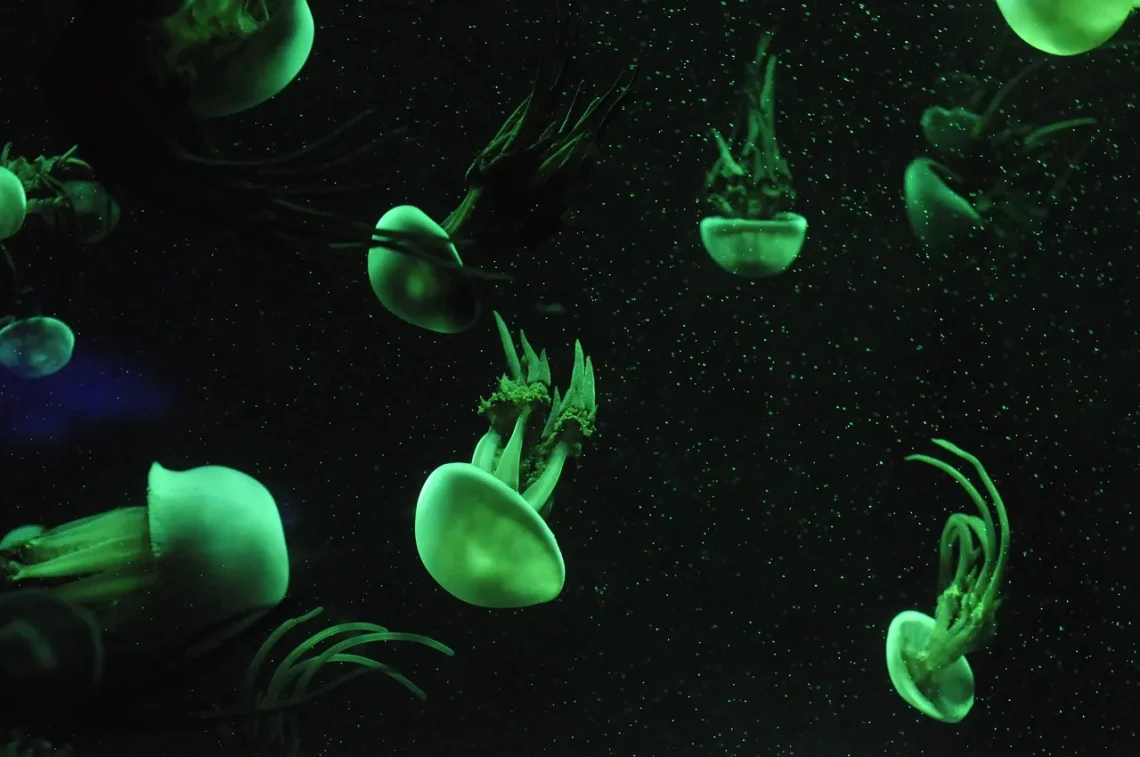
The Ideal Betta Tank Size for a Healthy and Happy Fish
Creating a suitable environment for your Betta fish is crucial for its overall health and happiness. Bettas, often referred to as Siamese fighting fish, are renowned for their vibrant colors and unique personalities. However, they are also sensitive creatures that require specific conditions to thrive. One of the most significant factors influencing a Betta’s wellbeing is the size of its tank. While it may seem trivial, the size of the tank can impact water quality, space for swimming, and overall stress levels of the fish.
In the wild, Bettas inhabit small puddles and rice paddies, which might lead one to believe that a tiny tank is sufficient. However, when kept in captivity, they require a larger space to mimic their natural habitat. A properly sized tank not only provides ample swimming room but also helps maintain stable water parameters, which is essential for their health. Understanding the ideal tank size for Betta fish is the first step toward ensuring they live a long and fulfilling life. Whether you are a seasoned aquarist or a beginner, it’s important to recognize the importance of tank size in creating a safe, comfortable environment for your Betta.
Why Tank Size Matters for Your Betta Fish
Choosing the right tank size is paramount for the health of your Betta fish. A larger tank offers a more stable environment, which is essential for maintaining good water quality. Smaller tanks are more prone to rapid fluctuations in temperature and ammonia levels, which can lead to stress and health issues for your fish. A Betta living in a cramped space may experience elevated stress levels, making it more susceptible to diseases.
In addition to water quality, the size of the tank directly affects the Betta’s behavior. In a larger tank, Bettas have more room to swim and explore, which is crucial for their mental stimulation. Bettas are naturally curious fish that enjoy investigating their surroundings. A small tank limits this behavior, potentially leading to boredom and lethargy. Providing a bigger space allows your Betta to exhibit natural behaviors, such as swimming, hiding, and exploring, which contributes to a happier and healthier fish.
Moreover, a larger tank can accommodate more decorations and plants, which not only create a visually appealing environment but also provide hiding spots. Bettas can be territorial and may require places to retreat to when they feel threatened. This can be particularly important if you plan to keep more than one Betta or other fish species in the same tank.
Lastly, larger tanks are generally easier to maintain. With more water volume, the parameters can remain stable for longer periods, reducing the frequency of water changes needed. This stability is key to keeping your Betta healthy and stress-free.
Recommended Tank Sizes for Betta Fish
When it comes to the ideal tank size for your Betta, a common recommendation is a minimum of 5 gallons. While some people may argue that a 2.5-gallon tank is acceptable, it’s important to consider the long-term health and happiness of your fish. A 5-gallon tank provides enough space for filtration and improves water quality, which is essential for Betta fish.
For those who want to go above and beyond, a 10-gallon tank is even better. In a 10-gallon tank, Bettas have plenty of room to swim and explore, and it allows for a more diverse aquarium setup. You can introduce live plants, decorations, and even compatible tank mates, provided you research their compatibility with Betta fish.
If you are an experienced aquarist, you might consider larger setups, such as a 20-gallon or more. Larger tanks can create a more stable ecosystem and allow for a more intricate aquascape. However, keep in mind that maintaining a larger tank requires more effort in terms of water changes and monitoring water parameters.
It’s crucial to remember that tank size isn’t just about volume; it’s also about the layout. A well-planned tank with ample decorations, plants, and hiding spots can make even a smaller tank feel more spacious for your Betta. Always prioritize the well-being of your fish by ensuring they have plenty of room to swim freely.
Setting Up the Ideal Betta Environment
Once you’ve chosen the right tank size for your Betta, the next step is to create an environment that mimics their natural habitat. Bettas thrive in warm, clean water, so maintaining the right temperature and water quality is essential. The ideal water temperature for Betta fish ranges between 76°F to 82°F (24°C to 28°C). Investing in a reliable heater is vital, especially if you live in a cooler climate.
Filtration is another crucial aspect of your Betta’s environment. While Bettas can survive in low-flow conditions, a gentle filter will help maintain clean water without creating strong currents that could stress the fish. Look for filters specifically designed for Betta aquariums, as they often feature adjustable flow rates.
Decorations and plants play a significant role in providing your Betta with the mental stimulation and hiding spots it needs. Live plants not only enhance the aesthetics of the aquarium but also contribute to better water quality by absorbing nitrates. Some suitable plants for Betta tanks include Java fern, Anubias, and floating plants like duckweed. Make sure to avoid sharp decorations that could damage your Betta’s delicate fins.
Lastly, consider the lighting in your Betta tank. Bettas do not require intense lighting, so a moderate LED light is usually sufficient. Providing a day-night cycle will help keep your fish healthy and reduce stress.
Common Misconceptions About Betta Tank Sizes
There are several misconceptions surrounding the tank size requirements for Betta fish, often leading to poor care practices. One common myth is that Bettas can thrive in tiny bowls or vases. While Bettas can survive in smaller spaces, this is not optimal for their health. Small bowls lack the necessary filtration and temperature control, leading to poor water quality and increased stress.
Another misconception is that Bettas do not require aeration. While they have a labyrinth organ that allows them to breathe air from the surface, they still benefit from well-oxygenated water. Using a filter that agitates the water surface can help improve oxygen exchange without creating strong currents.
Many people also believe that Bettas can be housed together in small tanks without any issues. However, Bettas are naturally territorial and can become aggressive towards each other, especially males. It’s best to house them separately unless you are breeding them under controlled conditions.
In conclusion, understanding the importance of tank size and environment for Betta fish is crucial for their health and happiness. By dispelling these common misconceptions, you can provide a better quality of life for your aquatic pet.
This article is for informational purposes only and should not be considered medical advice. For any health concerns regarding your Betta fish, please consult a veterinarian or a fish health expert.




